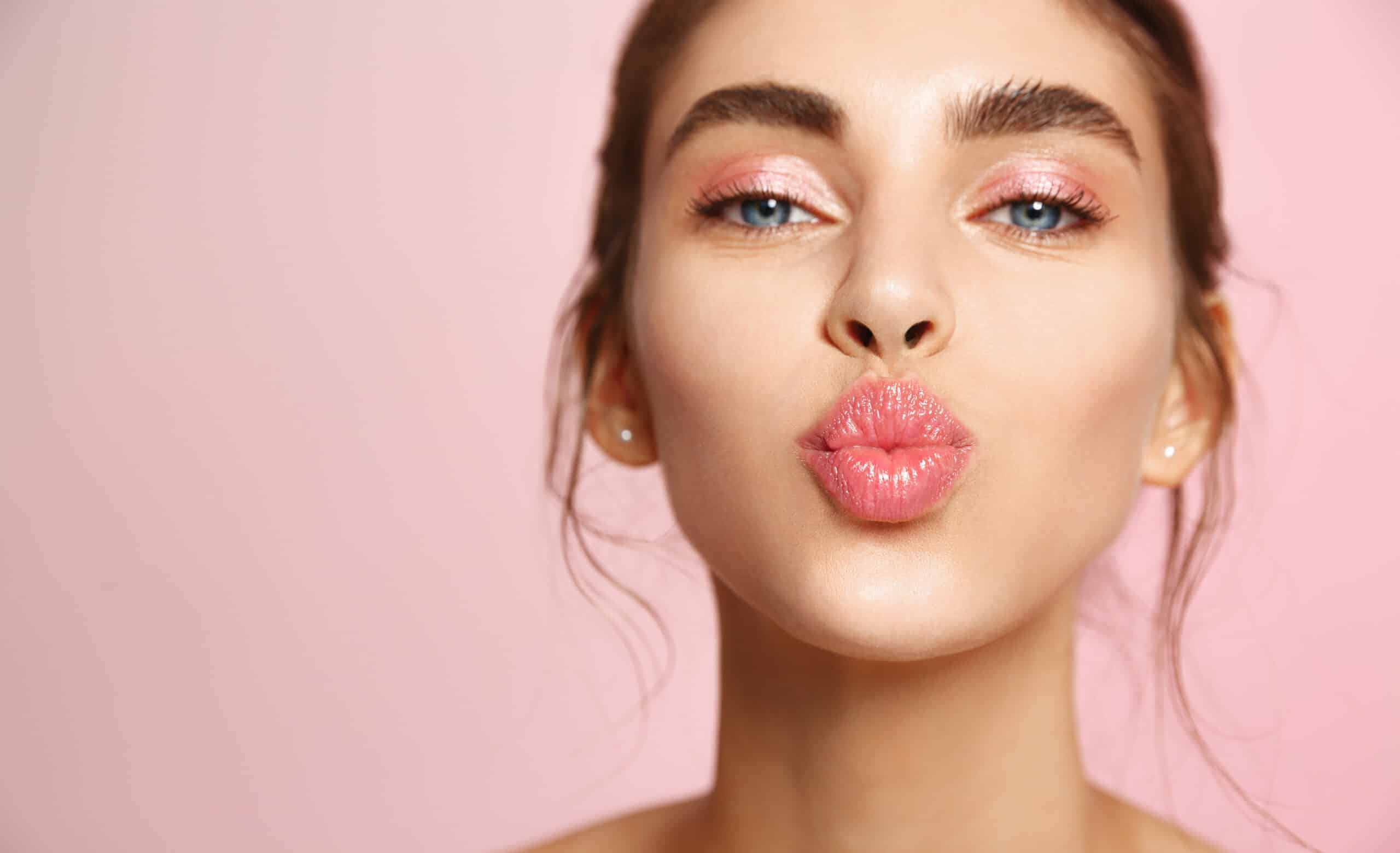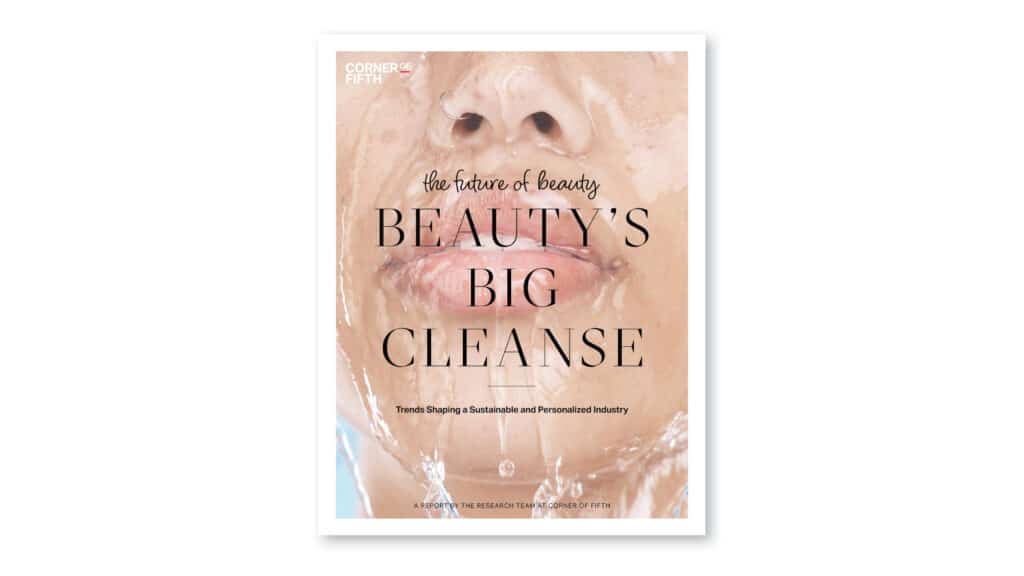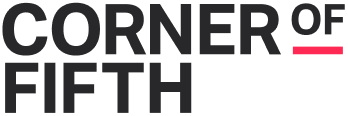
The beauty industry is undergoing a digital revolution, driven by technological advancements reshapinghow consumers interact with brands and products. From virtual try-on experiences to AI-powered skincare recommendations, technology is empowering consumers to discover and personalize their beauty routines like never before.
The Rise of Personalized Beauty
One of the most significant trends in the beauty industry is the increasing demand for personalized products and experiences. Consumers are seeking tailored solutions that address their unique needs and preferences. Technology is playing a crucial role in enabling this level of personalization.
Key Technologies Driving Personalized Beauty
Artificial Intelligence (AI): AI algorithms can analyze vast amounts of data to identify patterns and trends in consumer behavior. This enables brands to offer highly targeted product recommendations and personalized marketing campaigns.
Augmented Reality (AR): AR technology allows consumers to virtually try on makeup and hairstyles before purchasing, reducing the risk of dissatisfaction and returns.
Internet of Things (IoT): IoT devices, such as smart mirrors and skin analysis tools, can collect real-time data on skin conditions and environmental factors. This data can be used to provide personalized skincare advice and product recommendations.
Innovative Beauty Products and Services
Several innovative products and services have emerged to cater to the growing demand for personalized beauty. Here are the top trending ones:
Personalized Skincare Devices: Devices like L’Oréal’s Perso can create customized skincare formulas based on real-time skin analysis and individual preferences.
Virtual Try-On Apps:Apps like Modiface and YouCam Makeup allow users to experiment with different makeup looks and hairstyles virtually.
AI-Powered Beauty Advisors: Chatbots and virtual assistants can provide personalized beauty advice and product recommendations based on user input.
Subscription Boxes: Subscription boxes tailored to individual preferences, such as those offered by IPSY and BoxyCharm, deliver a curated selection of beauty products to consumers’ doorsteps.
Product Development and Manufacturing
AI is being used to analyze trends and consumer feedback to predict future trends, which helps in developing new products that meet current market demands. Machine learning algorithms can also help identify which ingredients work best together, optimizing the effectiveness of new skincare and beauty formulations. In product development, AI systems are used to predict optimal inventory levels, manufacture products based on demand predictions, and efficiently manage supply chains, reducing waste and ensuring better stock management.
The Future of Personalized Beauty
As technology continues to evolve, we can expect even more personalized and innovative beauty experiences in the future. Some potential trends include:
Biometric-Based Personalization: Using biometric data, such as facial recognition and DNA analysis, to create highly customized beauty products.
AI-Driven Ingredient Formulation: AI algorithms can analyze vast databases of ingredients to develop new, highly effective formulas tailored to specific skin types and concerns.
Immersive Virtual Beauty Experiences:Virtual and augmented reality experiences that allow consumers to fully immerse themselves in the beauty world, from virtual makeup tutorials to virtual beauty consultations.
By embracing technology and focusing on personalization, beauty brands can build stronger relationships with consumers, drive sales, and stay ahead of the curve in a rapidly evolving industry.
If you’re interested in learning more about these and other trends in the beauty industry, researchers at Corner of Fifth have compiled a report that looks at clean, personalized, minimalist and sustainable beauty trends.

This report can give you a competitive edge in the market, and it is free, download it here.
To stay informed on news and trends from the beauty industry, sign up for our newsletter at the bottom of this page in the footer.

